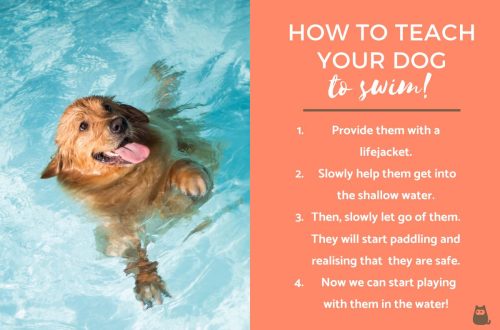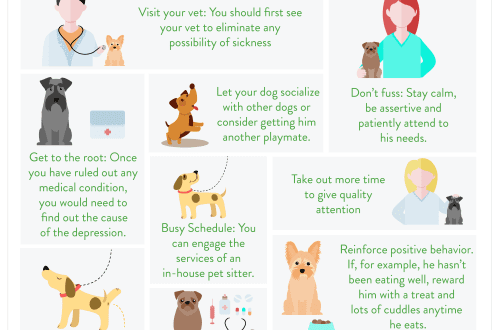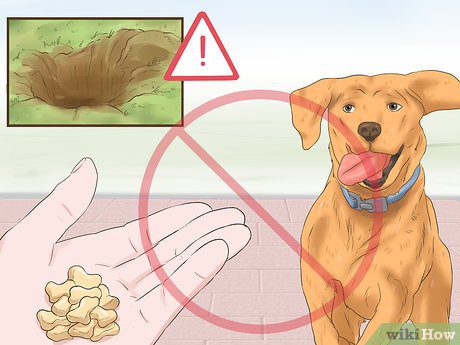
I have a dysfunctional dog: what should I do?
Sometimes a person takes care of a dog with a dysfunctional fate, not suspecting what problems they will face. And hands down…
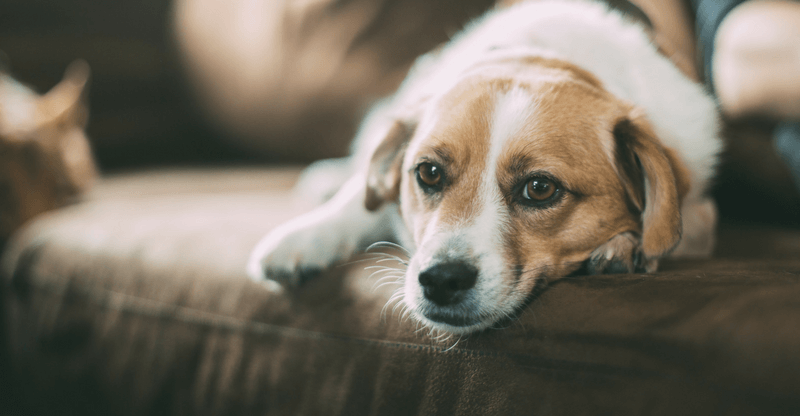
Photo: google.by
What to do if you got a dysfunctional dog?
Contents
How to start working with a dysfunctional dog?
First of all, it should be borne in mind that it is possible to work with a dysfunctional dog, but for training it is worth using the operant method. It is in this case that you have a chance to get a friendly, enterprising, playful and intelligent dog.
The main components of working with a dysfunctional dog are as follows:
- Medicines. Most likely, during the period of adaptation of the dog to new conditions, sedatives cannot be dispensed with. However, be sure to check with your veterinarian before using them.
- Provision comfortable life for a dog. The five freedoms are the bare minimum for which you, as the owner, are responsible.
- When the dog is able to eat in your presence, as well as from a bowl that you hold in your hands, for a while hand feed the dog.
- Practice with the dog, use contact games.
- If the dog avoids and is afraid of being touched, tactile contact can be used very carefully, it is better – initiated by the dog.
- If the dog allows you to sit next to him and lightly stroke himself, you can start using touch massage.
How to deal with fears in a dysfunctional dog?
If you get a dysfunctional dog with fears or missed socialization, consider the following things in your work:
- Move forward without dwelling on the “terrible past.” Only when you gradually introduce more variety into your dog’s life will he be able to overcome his fears.
- Slowly, smoothly and safely gradually “pull” the dog out of its shell. Don’t stoop to your dog’s fears, help him rise to your lifestyle.
- Ignore your dog’s signs of fear. If you don’t know what to do, just shut up and watch.
- Reinforce any display of exploratory behavior and courage. Fear comes and goes in waves – give the dog what it wants as soon as it calms down a little.
- Remember that fun and laughter are great reinforcers for a dog.
The result of the work should be a socially adapted dog, comfortable for living together.
What to do if the dog is afraid of people?
- Convince the dog that a person is a source of joy: games, treats, pleasant communication.
- Encourage manifestations of initiative towards a person, including begging. You can lie down on the floor and hide goodies in your clothes.
- Teach your dog to touch you with his nose or paws, to put his paws on command.
- Teach the dog commands that make the person “hanging” over it: “Snake”, “House”, “Volt”.
What to do if the dog is afraid of the street?
- Stop being afraid of yourself. Take steps to make sure your dog doesn’t run away. You can put a collar and harness on the dog and take two leashes. Make sure the harness is fitted so that the dog does not slip out of it.
- Ignore manifestations of fear and praise behaviors that you enjoy. As soon as the wave of fear subsides, reward the dog (for example, take a couple of steps towards the house).
- Please the dog on the street.
What to do if a dysfunctional dog is afraid of other dogs?
- Work with distance and encourage the correct behavior of the dog (for example, signals of reconciliation).
- Teach your dog alternative behavior when seeing other dogs.
- Build positive experiences with peers.
What to do if the dog is unclean?
Cleanliness training depends on the reason why the dog leaves puddles and piles at home, and there are a lot of such reasons. What can be done to teach a dysfunctional dog to go to the toilet on the street?
- First of all, check your health.
- Set the mode of the day.
- Eliminate indoor odors.
- Praise your dog when he urinates outside.
What to do if a dysfunctional dog has an anxiety disorder?
Anxiety disorder in a dysfunctional dog has three elements:
- Howl or bark at home.
- Destructive behavior.
- Uncleanliness.
It is important to be patient, because it can take up to 1 year to correct an anxiety disorder in a dysfunctional dog, and even then relapses are possible.
Do not confuse anxiety disorder with boredom or lack of intellectual or physical activity.
To help your dog manage his anxiety disorder, a personalized behavior management plan is created.
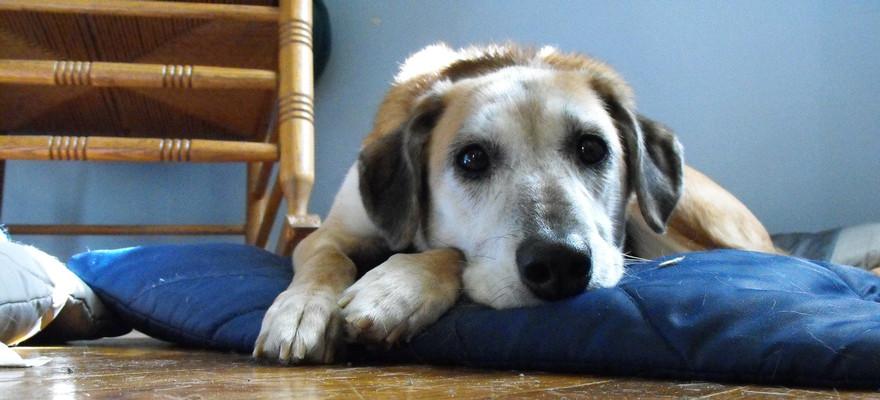
Photo: google.by
How else can you help a distressed dog?
With any dog, including dysfunctional, it is necessary to deal with. What kind of activities to offer such a pet?
- Search games. They help the dog develop self-confidence, learn to solve problems, develop perseverance and self-control skills, provide intellectual challenge, and bring pleasure.
- Trick training. She teaches the dog to trust the owner, gives pleasure from working together, teaches you to control your body and solve new problems, increases motivation for learning.
- Teaching the necessary commands by the operant method (with the help of positive reinforcement).




